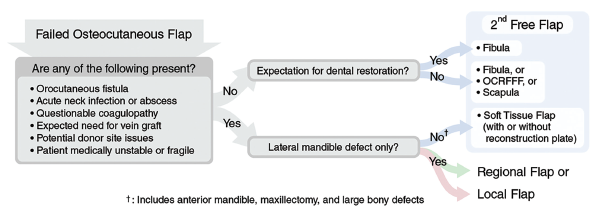A look at the effect of endovascular intervention or extracranial/intracranial (EC/IC) vascular bypass on the management of patients with head and neck cancer-related rupture of the extracranial carotid artery or its major branches.
OSA Treatment: Barbed Reposition and Expansion Sphincter Pharyngoplasties Produce Comparable Outcomes
BRP and ESP procedure outcomes are comparable in the improvement of obstructive sleep apnea (OSA) with palatal collapse, although further trials and long-term follow-up are needed.
What Is the Best Approach to Repair of Recurrent Laryngeal Nerve Injured During Thyroid Surgery?
Injury to the recurrent laryngeal nerve (RLN) during surgery impacts on the patient’s ability to phonate, breathe, and swallow.
Near-Infrared Fluorescence Imaging Useful in Locating Parathyroid Glands in Thyroidectomy Specimens
Near-infrared fluorescence imaging (NIFI) is comparable to the experienced surgeon’s visual inspection in identifying parathyroid glands.
Ipsilateral Postoperative Radiotherapy, Bilateral Irradiation Have Comparative Survival Rates in Patients with SCC of Unknown Primary
Comparing two different treatmes of patients with squamous cell carcinoma of unknown primary to see the impact on survival rate.
What Are In-Hospital Cost Drivers of Endoscopic Transphenoidal Pituitary Surgery?
Postoperative cerebrospinal fluid leak, smoking status, and non-Caucasian ethnicity are associated with significantly increased costs following endoscopic transphenoidal pituitary surgery.
What Are Practice Patterns in Peritonsillar Abscess Management?
Current heterogeneity in peritonsillar abscess management includes differences in workup, investigation, and post-discharge analgesic prescription.

Multi-institutional Review Offers Basis for Management of Failed Free Flaps to Head and Neck
The recipient site of the initial failed free flap is the most important factor affecting its management and, in many cases, a second free flap in the acute setting is appropriate.
No Significant Evidence to Support Neck Drain Insertion After Thyroidectomies
The practice of neck drain insertions in patients undergoing thyroidectomies is associated with higher risks of hematomas and surgical site infections, and longer hospital stays.
Sarcopenia Significantly Associated with Poorer Overall Survival of Patients with Head and Neck Cancers
Pretreatment sarcopenia as radiologically defined by decreased skeletal muscle index (SMI) or skeletal muscle mass (SMM) correlates with poor survival in HNC patients.
- « Previous Page
- 1
- …
- 3
- 4
- 5
- 6
- 7
- …
- 20
- Next Page »